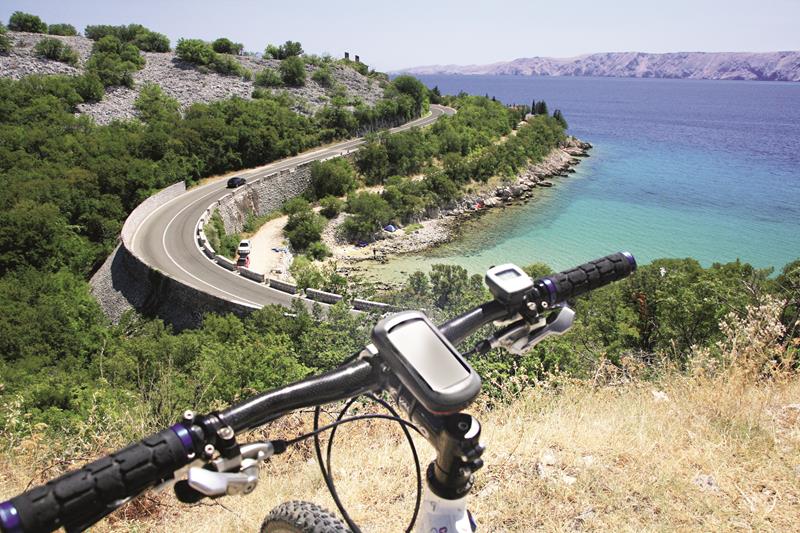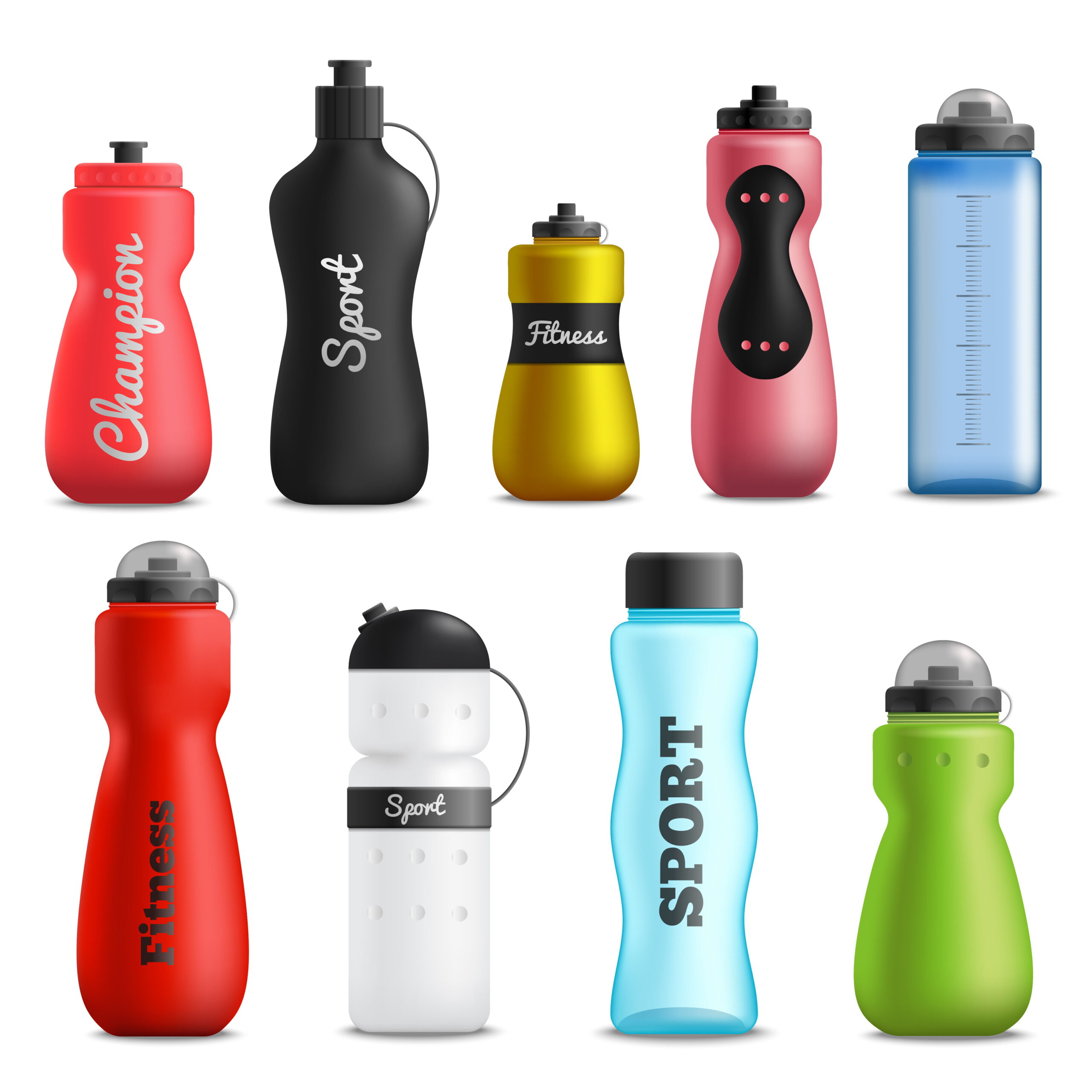Every cyclist knows that staying hydrated during a ride is crucial, but have you ever wondered why cyclists don’t just call their water bottles… water bottles? Enter the bidon—a term deeply woven into cycling culture and representing more than just a container for liquids. Discover what to pack for your next cycling adventure, including this essential hydration companion. Let’s dive into the fascinating world of bidons and why they’re indispensable for every cyclist.
The Bidon: More Than Just a Water Bottle
A bidon (pronounced bee-don) is the French term for a specialized water bottle designed for cycling. While it might seem like simple equipment, this humble vessel has a rich history and unique features that set it apart from ordinary bottles.
The word “bidon” translates to “container” in French, but in cycling, it’s become a universal term, transcending language barriers and embedding itself in the sport’s global lexicon.
The Anatomy of a Modern Bidon
Today’s bidons are engineering marvels tailored to cyclists’ needs. Here’s what makes them special:
1. Material and Construction
Modern bidons are crafted from high-grade, squeezable plastic—far removed from their metal predecessors. Learn more about cycling gear essentials, including materials optimized for performance.
2. Design Features
- Cylindrical shape to fit standard bike bottle cages
- One-handed nozzle for easy sipping
- Ergonomic grip for secure handling
- Capacity options from 500ml to 1.5 liters
3. User-Friendly Elements
Bidons allow cyclists to hydrate without stopping or taking their eyes off the road—a critical safety feature for all riders.
A Journey Through Time: The Evolution of the Bidon
The Early Days
Cyclists in the 19th century used glass bottles and leather satchels—hardly practical for cobblestone races like the Tour de France!
The Metal Age
Early 20th-century riders adopted aluminum bidons with cork tops—a revolutionary upgrade in durability.
The Plastic Revolution
The 1950s introduced lightweight, squeezable plastic bidons, offering:
- Improved safety
- Better durability
- Enhanced portability
Safe Plastic for Bidons
When choosing a bidon, prioritize BPA-free materials like food-grade polyethylene (PE) or polypropylene (PP). These plastics are rigorously tested to ensure they don’t leach harmful chemicals, even when exposed to heat or prolonged use. Many modern bidons also use Tritan™ copolyester, a premium material known for its durability, clarity, and resistance to odors and stains. Always look for certifications like FDA or EU food-safe compliance to guarantee non-toxic hydration. This focus on safe materials ensures your water stays pure, ride after ride, without compromising health or taste.
Modern Innovations
Today’s bidons feature temperature-retaining materials, advanced nozzles, and secure seals.
The Cultural Significance of Bidons in Cycling
- Professional Racing
Bidons are central to race strategy, with teams handing fresh bottles to riders mid-race. - Collector’s Items
Discarded bidons from iconic races become treasured souvenirs for fans. - Global Language
The term “bidon” unites cyclists worldwide, regardless of native language.
Bidon vs. Regular Water Bottle: Key Differences
| Feature | Bidon | Regular Bottle |
|---|---|---|
| Shape | Fits bike cages | Varied, often incompatible |
| Usability | One-handed operation | Often requires two hands |
| Material | Purpose-built cycling plastic | General-use materials |
| Design Purpose | Optimized for cycling | No sport-specific features |
Why Every Cyclist Needs a Proper Bidon
- Safety First
Hydrate without compromising focus—explore safety tips for premium cycling tours. - Performance Optimization
Easy hydration maintains energy levels during long rides. - Convenience
Effortless one-handed use—perfect for multi-day tours. - Durability
Built to withstand rugged conditions—a staple of premium cycling gear.
Wrapping Up
The bidon is more than a water bottle—it’s a symbol of cycling’s evolution. From metal prototypes to high-tech designs, it remains a fusion of tradition and innovation. Whether you’re racing or touring, understanding the bidon enriches your cycling journey.
Elevate your next adventure with luxury cycling experiences. Remember: when you grab your bidon, you’re holding a piece of cycling history.
The Best Way To Clean Your Bike Bottles!
What is a Bidon in Cycling?
Stainless, toxin-free and sustainable: the Bivo water bottle is unlike any other bidon, but does it work for cycling

